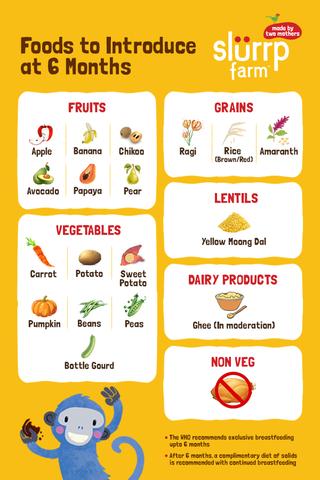Rhituparna (in consultation with a lactation consultant)
Congratulations! Your bundle of joy has arrived! A lot of things probably happened exactly the way you hoped for and a dozen others took you completely by surprise! Every day is a new challenge, new learning, sometimes gut-wrenchingly annoying and yet you wouldn’t trade it for anything else. Have we managed to describe your frame of mind?
Among the many things that a new parent, especially a mother, is worried about is if the baby is getting enough milk. It is recommended that mothers exclusively breastfeed their babies for the first six months of their lives. It is only natural to fret about whether the baby is getting enough because that is its only source of nutrition for the first six months!

The first thing, dear mommy, that you must do is to stop worrying! Easier said than done, isn’t it? But it is true. In most situations, the mother’s body produces enough milk to meet the baby’s needs. Yet, there are situations when the breast milk produced by the mother is not enough for the child. If you feel that is the case with you, first consult a lactation consultant on the matter.
If there is a reason to believe that your breast milk supply is low, you can consume a variety of foods to increase breast milk production, naturally!
Here is a list of foods to increase breast milk production. All these food items are usually part of our daily diet and you will only need to consciously include them in generous proportions in your meals.
1. Garlic
Err…it does give one bad breath but in case of a lactating mother, the benefits are just too many! If you find the taste of garlic too strong for your liking, you could add its paste to soups, use it for the dal’s tadka or even add a few cloves to a coriander/mint chutney. If you like the taste of garlic, you can saute a couple of cloves in ghee and eat them with rice.
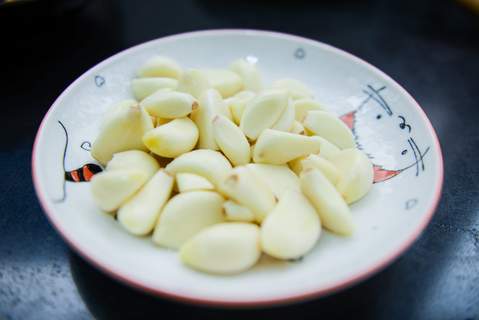
2. Sesame seeds
Sesame seeds or til are also known to aid lactation. They are a rich source of calcium. If you are into Mediterranean flavors, you could make tahini from the seeds and use that as a base for hummus and other sauces. Powdered sesame seeds with light spices could be used to flavor rice. You could also use a handful for seasoning curries and vegetables and make them part of your postpartum diet.
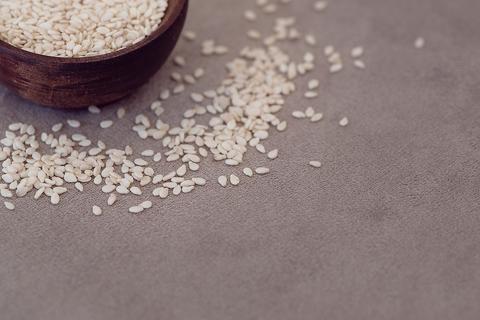
3. Fennel seeds
Fennel seeds or saunf is known to aid digestion and is also helpful in lactation. You could add them to sabjis and curries if you like that soothing flavor in your food. Else, you could just eat a small quantity after meals. Another way of consuming fennel is to add it to boiling water and drink up like one would consume tea.
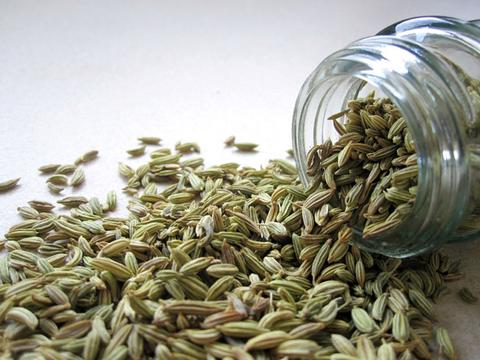
4. Ginger
If your pregnancy was peppered with morning sickness then chances are that ginger is now an old friend. And can continue to be so in your lactating days! Add a dash to your tea, add the paste to all your dishes or if you prefer its strong flavor, just slice a small piece and chew on it.
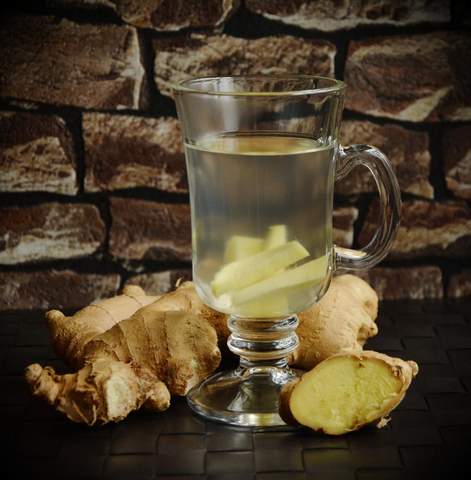
5. Fenugreek seeds
You must be thinking, ‘Really?’. But bitter as they may be, fenugreek or methi seeds have a lot of benefits! Sprouted fenugreek seeds help prevent constipation (a challenge every expecting and postpartum mother goes through). You could add a few seeds to your dal and sabji’s tadka.
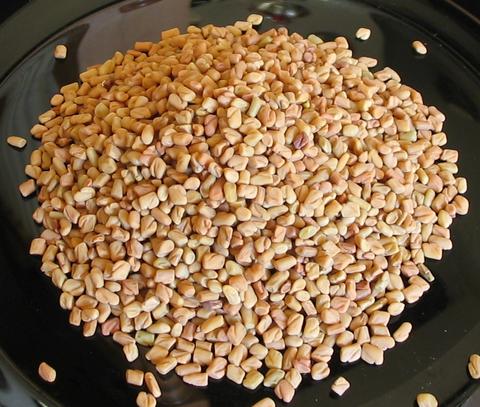
6. Carrots
This is one food that you can have in ample quantities in a variety of ways. Carrots are rich in Vitamin A and can help with lactation. Eat them raw, make soups/purees from them or add them to your pulaos and cutlets (here is your recipe for dosa cutlets made using ragi). During the winters you have the option of just biting off those fresh, long, red, juicy carrots. Yum!
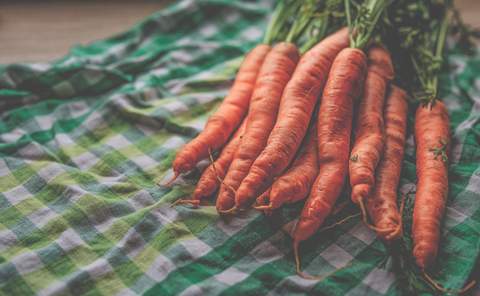
Remember, that along with foods that increase breast milk production, you will need a lot of positivity! Enjoy the bond you share with your baby. Cherish the time that you are spending in nourishing your baby and you will find breastfeeding to be a joyous journey!
Looking for weekly food charts for your 6-months old baby? Click here!
|
WHO recommends mothers worldwide to exclusively breastfeed infants for the child’s first six months to achieve optimal growth, development, and health. Thereafter, they should be given nutritious complementary foods and continue breastfeeding up to the age of two years or beyond.
